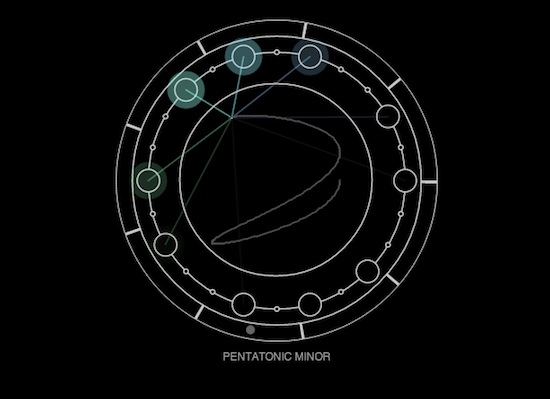Workshops 2013/14 winter [Interaction, Process, Design]
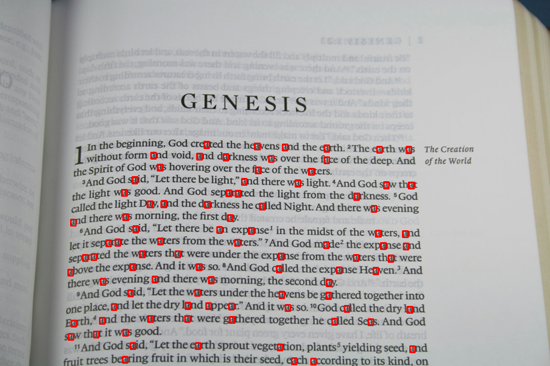
Interaction Modalities, Poetic Interfaces (Bergen Academy of Art & Design)
A collection ollection of resources, code snippets, material and references from the workshops at Bergen Academy of Art & Design, Norway, 2013. These workshops are focusing on the communication of ideas through different interaction modalities, creating models through making (prototypes), learning from mistakes, diving in the unexpected.
The first session (Interaction Modalities) is giving an overall introduction to the term Interaction: the natural feedback between several elements that are affecting each other in a conversation. Interaction involves a diverse set of fields such as perception, cognitive aspects, psychology, formal systems, logic, language (auditory, visual), the concept of data, memory, intuition, error etc. Lecture slides can be accessed here:
The second session (Poetic Interfaces) is about building prototypes, mockups and art pieces where glitch, errors and probability can take part in the compositional process. This can remind one to creative writing where sudden and unwanted events can shape the resulting process, thus a real conversation is induced between the work and te people who are creating and observing it.
Procedural Drawing (Sandarbh Artist Residency, Partapur, India)
A followup of recent procedural drawing workshops, where participants are practicing computational thinking without the use of machines. This event was made together with Artus Contemporary Arts Studio. The language of the workshop is pseudocode. There is no specific type, no predefined syntax, we do not rely on any computers, function libraries, we use only pens, lines, papers, logic, repetition, rules, process. We are following the path that many philosophers, engineers, inventors, mystics have been followed before us: think and draw. The method is relying heavily on fluxus practice and the exercises of the Conditional Design team. The following images are a selection of some executed, completed examples.






Tempered Music Experiments [theory, music, 2d space]
While trying out different ways for representing musical structures on an interactive 2d surface I made some experiments as part of my thesis and client works. Three systems were created as “side effects” for my current research interests:
“Harmonizer” is a simple musical instrument for studying traditional scales through harmonic movements. Traditional scales are the basis of folk songs, jazz, classical music, including modal scales, pentatonic, different minor / major structures. Harmonic motion is based on simple trigonometric pendulums (sinus, cosines, etc) that describes really organic motions. The goal of Harmonizer is to collide these two concepts and see what happens.
Then, there is the more chaotic sounding “Fragmenter”. It is “temporally tempered”: a sound sample is cut up automatically into slices based on onset events. These snippets are then mapped to different elements in space. The observer can listen through them by simply drawing over them. The drawing gesture is repeating itself so every unique gesture creates a completely different loop.
The last experiment is a “Verlet Music” machine where freehand drawings are being sonified with an elastic string. The physical parameters of the string can be altered by dragging it around on the surface. The string is tuned to a quasi comfortable scale, each dot on the string has a unique pitch. When they come over a certain shape, they become audible.
You can try out Harmonizer here . The synthesis is built with WebPd using WebAudio API, sound might not work clearly on slower machines.
A Procedural Drawing Course [Code, Pen, Paper]
Procedural properties are ancient problem solving techniques in communication, art, crafts and all type of human activities. We can see its incarnations in everyday life, from beautiful handmade indian rangolis to formalised design practices, mathematics, geometry, music, architecture and even pure code language. This workshop is dealing with Procedural Drawing. Why procedural?
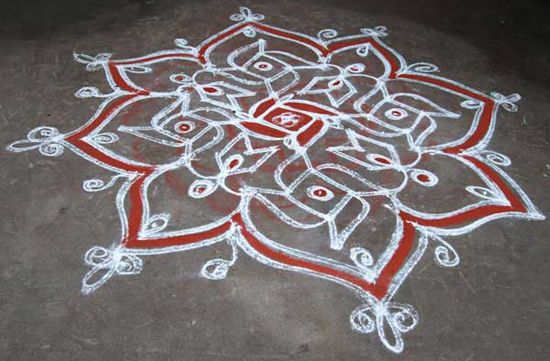
Rangoli, South India
Media and technology has an overwhelming relationship with our cultural society. Stream of events, speed of information sharing growing rapidly, it is hard to catch up with the latest directions of specific areas of tools, art and technology. New social contexts, cultural interactions arise day by day. These days designers should focus and reflect on the here and the now and have an overview on the current methodologies, design practices. We can always learn and adapt new, short term, overhyped technologies, but it is much harder to grasp the underlying phenomenons, ancient design decisions, the human factor. This workshop is about to catch these properties under the hoods.
The language of the workshop is pseudocode. There is no specific type, no predefined syntax, we do not rely on any computers, function libraries, we use only pens, lines, papers, logic, repetition, rules, process. We are following the path that many philosophers, engineers, inventors, mystics have been followed before us: think and draw.
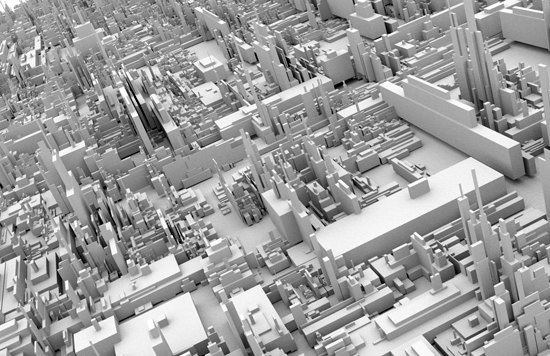
3d L-system made by Sebastien Parody
A very beautiful procedural example is the system made by Aristid Lindenmayer who was trying to describe complex biological and natural growth with a simple set of rules. This system is named after him. He also wrote a really inspiring book on “The Algorithmic Beauty of Plants” (pdf link). He wanted a way to test his theory about the growth pattern of a particular type of algae. His theory stated that the cells of this algae could be in one of two states: growth or reproduction. An algae in the growth state eventually grew into the reproduction state. An algae in the reproduction state eventually divided into two cells, one of which was in the growth state and the other in the reproduction state. Lindenmayer’s grammar system proved a fantastic method for proving his theory. What Lindenmayer could not have predicted is the incredible usefulness of his system in many other areas, both in biology and in mathematics.
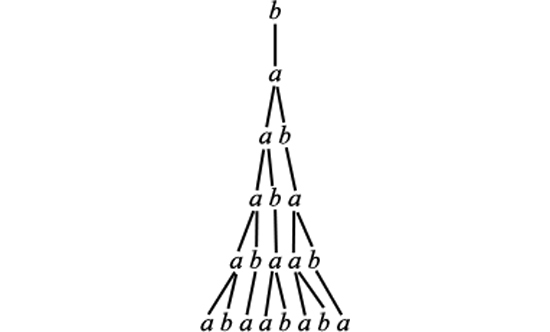
Basic Diagram of the Lindenmayer System
A Lindenmayer grammar is fully defined by an initial axiom and a set of one or more transformation rules. The initial axiom consists of a “string” of characters (e.g., alphabetic letters, punctuation, etc.). Each transformation rule gives a set of characters to search for in an axiom, and a set of characters to replace the original characters with. Applying all of the transformation rules to the initial axiom produces a new axiom. The rules can then be applied to this second axiom to produce a third axiom. Applying the rules to the third axiom produces the fourth, and so on. Each application of the transformation rules is called an iteration of the grammar.
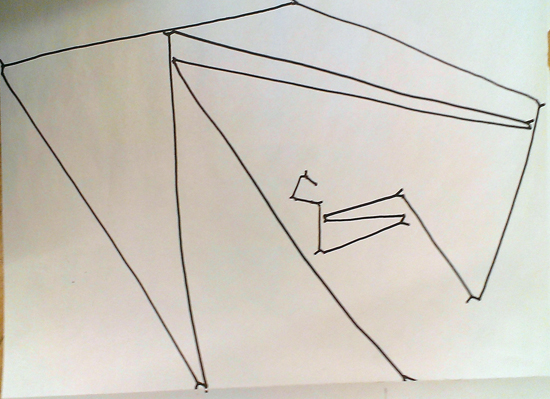
Pen Drawing from the Course: Marcell Torok gave instructions to synchronize your length of line with the time you are breathing in and breathing out
Another interesting aspect of procedural, algorithmic thinking is something that we can call the “stage-analogy”. As Rohid Gupta (Fadereu) refers to the analogies between stage, performance & programming: “As much as our machines, we have become the processors of information, but we do not read text and instructions line by line as computers do. We scan in less than a blink and get an overall visual sensory pattern - like the notes in a musical chord, or the Fourier Transform of a rich spectral signal from atomic emission, we break it down in a subconscious way.” Actors, performers are acting based on predefined set of rules, be it improvisational or fully, “strictly” followed algorithms.
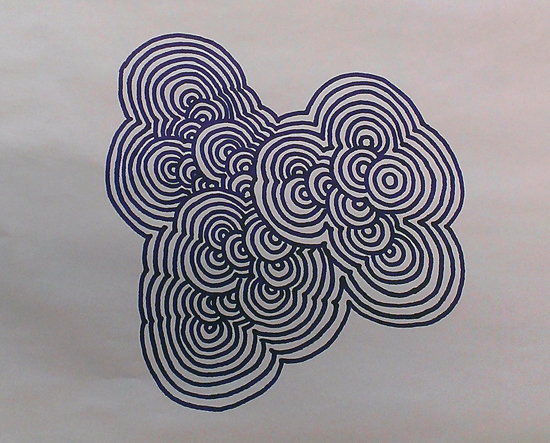
Pen Drawing from the Course: Attila Somos was experimenting on how to formalize & define recursion
Visual arts started to adapt these concepts with the rising of the Dada movement in first decades of the twentieth century: artists, performers were giving instructions, pseudo codes for the interpreting (compiling) their piece. Like musical notations, which are originally interfaces for representing different events that are distributed in time, drawings, visual arts also reached a state where the liveness or the actual “happening” of the concept is separated from the thoughts aka the software. Fluxus in the sixties, conceptual artists, Sol Lewitt, Miklos Erdely with his creative drawing workshops and conceptual works also continued the tradition.
This tradition is widely used and democratized today, since we are working with software separated from hardware, we can find this concept embed very deep in our everyday life. You can see all the works (rules are in hungarian) from the course here. The workshop was held at MOME Media Design, 2013.
